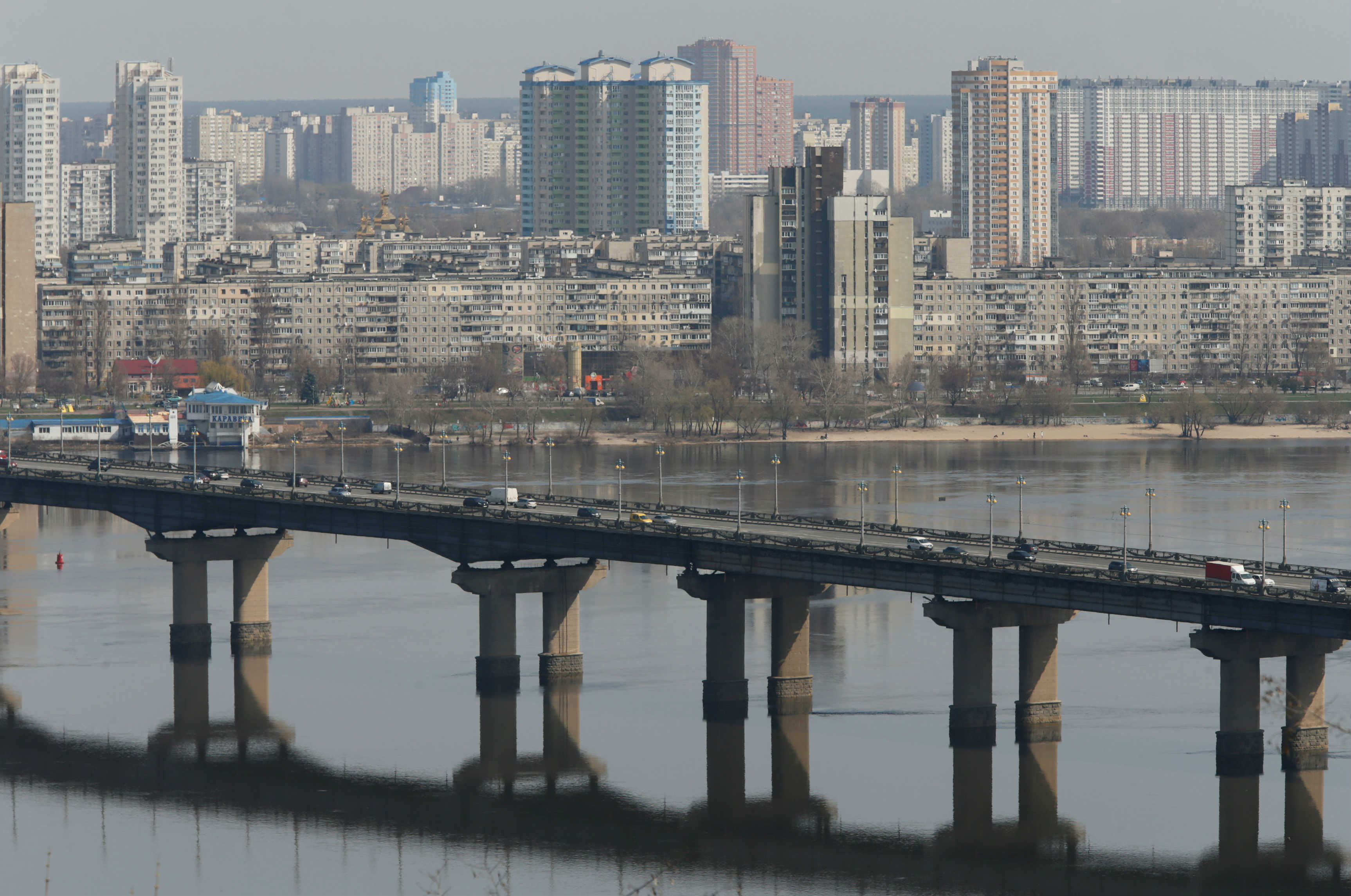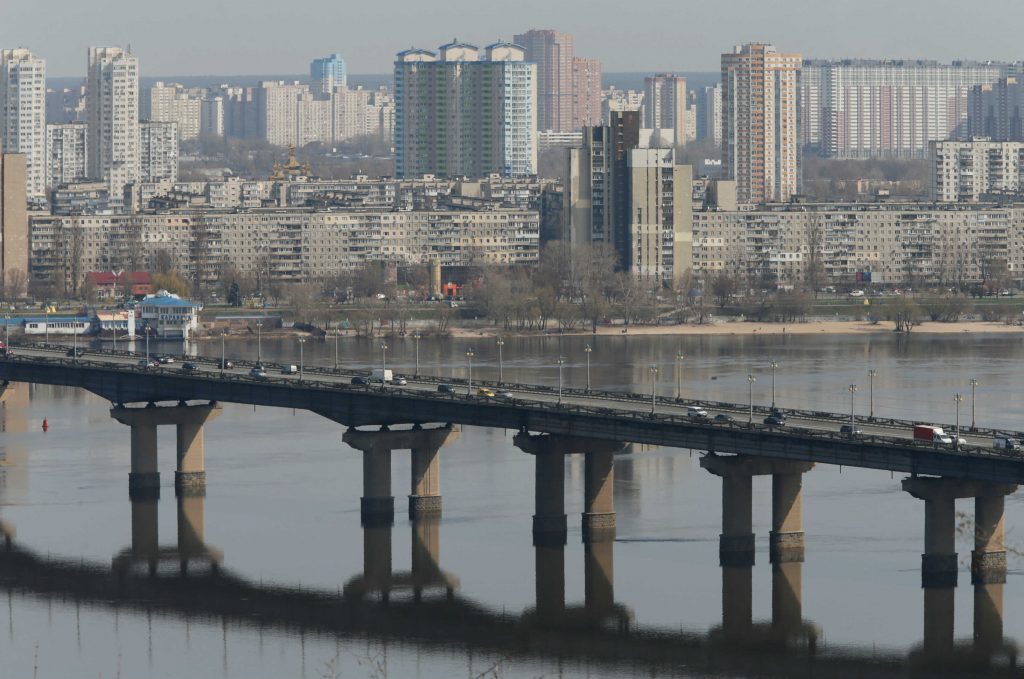 Late May marked three years since Kyiv’s new authorities headed by Mayor Vitali Klitschko assumed responsibility for the capital. I would like to report that people’s expectations have been met and the city has undertaken systemic change. I would like to write that Kyiv is on a path toward sustainable development and serves as an example for other cities. Instead, Kyiv City State Administration spends most of its time making spot improvements and creating myths about reforms.
Late May marked three years since Kyiv’s new authorities headed by Mayor Vitali Klitschko assumed responsibility for the capital. I would like to report that people’s expectations have been met and the city has undertaken systemic change. I would like to write that Kyiv is on a path toward sustainable development and serves as an example for other cities. Instead, Kyiv City State Administration spends most of its time making spot improvements and creating myths about reforms.
Certainly, the city has made some positive developments. Some roads were repaired, hundreds of kiosks were demolished, a local cycle track was opened, and crosswalks on Khreshchatyk were created. However, this is hardly the extent of the changes we need. Kyiv still has at least three systemic problems.
First, the city lacks a real development strategy. The previous strategy dates back to 2011 and has never been used. Now Klitschko’s team is trying to update it rather than initiate a new strategy. The city of Berlin collected over 1,000 opinions and suggestions from the public and professionals during eighteen months of discussion, while members of the Kyiv City State Administration and PricewaterhouseCoopers took only six months to refine theirs.
This poor document mentions the city’s left bank only twice and in insignificant ways. Never mind that nearly 40 percent of the city lives on the left bank, where jobs are scarce. This creates maddening traffic jams on the city’s bridges in the morning and evening. There are also not enough kindergartens and schools on the left bank. We’ll never be able to build enough bridges and schools to keep up with demand, especially if we continue building housing on the left bank at a furious pace. Until Kyiv develops a strategy with input from the community, it is groping in the dark.
The second problem is the general plan adopted in the early 2000s is outdated and unrealistic. It was supposed to significantly expand the city’s limits. Currently, the city is 324 square miles, but the region was supposed to contribute land to double the size. But no one held talks with the regional council or the regional administration on the matter. And if someone did, a compromise wasn’t reached. The mayor’s team hasn’t bothered to develop and adopt a new general plan. Instead it has been adopting a dozen documents, each of which focuses on the development of two to three blocks. The result is a chaotic patchwork construction of a bunch of houses that are deprived of social infrastructure.
The statistics are striking: on average, for thirty-seven new apartments built in Kyiv, only one place in kindergarten and one place in school is built, even though kindergartens and schools are already significantly overcrowded. Today, only 100 seats are available for 120 children. What should be done? We should limit the number of construction permits for housing immediately until there is a clear program to restore balance. In the long-term, we must develop a new general plan, which corresponds to the city’s strategy.
Finally, the most pressing issue is self-governance. We don’t have any. During Viktor Yanukovych’s tenure in 2010, Kyiv’s district councils were abolished so that they wouldn’t interfere with governance at the top. The presidential administration still governs the capital. The president appoints the heads of district state administrations, who are responsible for solving trivial social issues, while the mayor and members of the ruling majority of the city council seek to preserve the status quo. They’re blocking all attempts to revive district councils. Consequently, we have a management hierarchy with no signs of self-governance. In addition, the members of the Kyiv city council must take care of everything, from pothole repairs to making strategic decisions.
The word “decentralization” turns out to be just an empty buzzword for Kyiv. The city was dropped from the list of European capitals that have district councils where self-governance actually works. All of these cities are governed by a simple principle: if a district council cannot make a decision, it delegates it to a higher level. In Europe, most local problems are solved at the district level, which improves management efficiency.
Kyiv’s list of unsolved problems is greater than anyone can imagine and growing. Talks about introducing an e-ticket for public transportation have gotten nowhere, while mini buses, which accept cash only, are the second most popular form of transportation and clog Kyiv’s streets. Numerous environmental issues remain unresolved, including dangerous levels of pollution and 200,000 tons of waste products that contain mercury in an abandoned factory surrounded by residential buildings and trade centers. A contract with the local power company Kyivenergo on municipal heat generation management expires at the end of the year, while a bidding process to attract a qualified operator hasn’t been set up.
Klitschko has said, “Kyiv is the heart of Ukraine. Changes start in Kyiv.” It sounds good, but so far it’s just wishful thinking. Kyiv must be more proactive and start putting real changes into place. We must be a leader in reforms and a leader for sustainable development. Otherwise, Kyiv loses the right to call itself the capital and turns into a sad city run by greedy bureaucrats and corrupt politicians.
Sergiy Gusovsky is a member of the Kyiv City Council and head of its Samopomich faction. He tweets @S_Gusovsky. This article was translated from Ukrainian to English by Vera Zimmerman.
Image: A general view shows a bridge over the Dnipro river, with apartment blocks seen in the background, in Kyiv, Ukraine, April 4, 2016. REUTERS/Valentyn Ogirenko

